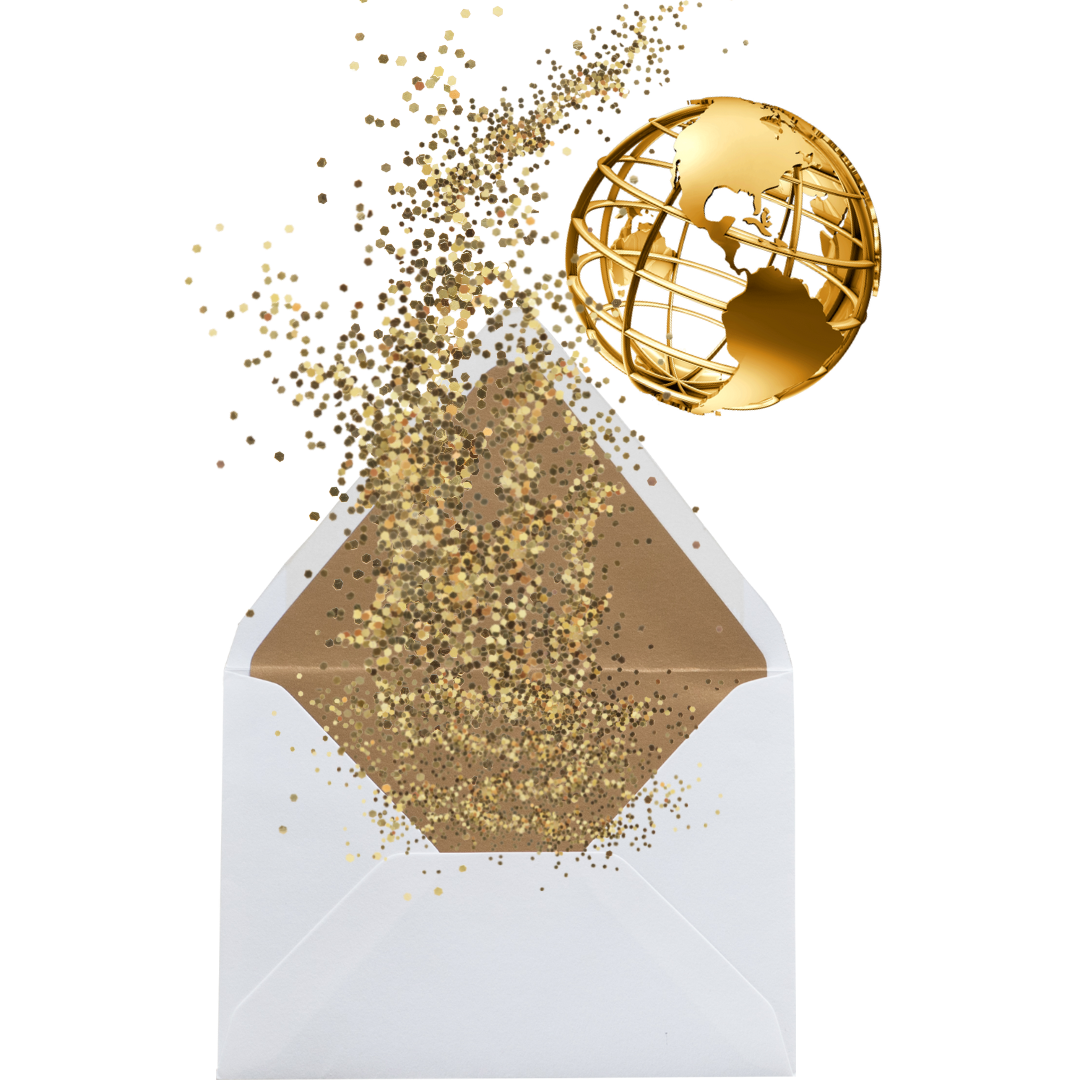What comes to mind when you hear Diwali? Also known as the “Festival of Lights,” Diwali is a cherished Indian festival full of vibrant colors and glowing lights. It brings together loved ones in a time of unity, joy, and renewal. Let’s explore all the reasons that #culturematters when it comes to this festival of hope and light.
What is Diwali?
The best place to start is understanding the holiday’s name. The word Diwali is derived from the Sanskrit word deepavali, which references the row (avali) of lights (deepa) that are lit outside of homes to symbolize the victory of light over darkness and good over evil. While the majority of those who celebrate are Hindu, many Jains, Sikhs, and Buddhists observe it too. Regardless of belief system, the essence of the holiday’s meaning remains the same.
When is Diwali?
Diwali falls on the fifteenth day of the Hindu month of Kartik, typically in October or November. It coincides with the harvest, making it a festival of new beginnings. While the date varies each year based on the lunar calendar, the main festivities always span five days (see more below 😉). In 2024, Diwali is October 29th-November 3rd.
How do people celebrate Diwali?
Day 1 (Dhanteras): People traditionally clean their homes and purchase gold items. Why gold? It symbolizes fortune and prosperity, two major Diwali themes.
Day 2 (Choti Diwali): Families decorate their homes with clay lamps and rangolis, colorful arrangements of powder or sand.
Day 3 (Lakshmi Puja): It’s time to invite the goddess of wealth, Lakshmi, into your home to bestow prosperity and good fortune. People ensure their homes are clean, decorate with candles and lamps, and prepare offerings such as turmeric, flowers, and sweets. Traditional sweets like ladoos (made of flour, sugar, and ghee or oil) and barfis (milk-based sweets flavored with cardamom) are some of the most common.
Days 4 (Govardhan Puja) and 5 (Bhaj Dooj): People trade gifts and visit close friends and relatives. The holiday ends with gifts and feasts to celebrate the special bond between siblings.
Throughout Diwali, many people also donate to those in need, supporting the less fortunate and spreading kindness. It’s a time of reconciliation, as people mend broken relationships and renew friendships.
What do people wear during Diwali?
While there’s no specific holiday attire, you’ll notice that many people wear beautiful, colorful, and often newly-bought clothing. Traditional garments for women are saris and lehengas. A sari is an unstitched, long stretch of fabric artfully draped around the body. A lehenga is a three piece outfit made up of the lehenga itself (a floor-length skirt), a blouse called a choli and a scarf to drape around the outfit, called a dupatta. These outfits are often complemented by intricate jewelry, including earrings, necklaces, and bangles. Men opt for traditional outfits like kurtas (long, loose tunics) or dhotis (a type of sarong or loose trouser) paired with intricately designed waistcoats or jackets. While some stick to classic Indian styles, others may mix it up with Western influences.
🪔 Wishing you Diwali ki Shubhkamnayein or Happy Diwali! 🪔













